Things To Do In Moldova: Where The Western Bloc Meets The USSR
Disclaimer: Some links on this page may be affiliate links. If you purchase anything through them, I will receive a small commission at no extra cost to you! Further details in the Privacy Policy.
Introduction
What is Moldova? Is Moldova worth visiting? What are the best things to do in Moldova? Read on to find out the answers to these questions and more.
Moldova is a fascinating country in Eastern Europe, sandwiched between Romania and Ukraine.
It’s a country with a lot in common with Romania… on the west side at least. Whereas the eastern side, Transnistria, has a much more Russian feel to it. More on that in the next section.
Moldova is often labelled as “Europe’s most boring country”. Having visited over half of Europe’s nations, I strongly disagree. In fact Moldova is my 6th-favourite European country behind only Italy, Bosnia Herzegovina and the Baltic countries.
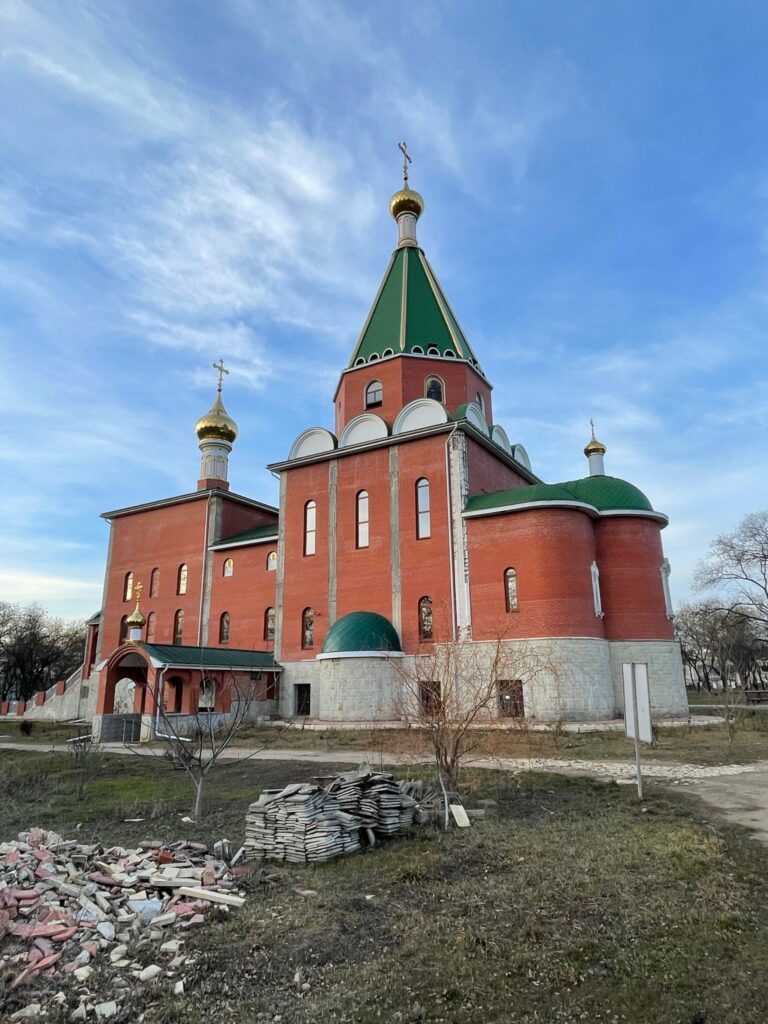
Background on Moldova
There are 2.5 million people living in Moldova, with 20% of those in the eastern strip of land known as Transnistria. What is Transnistria? We’ll get stuck into that one shortly. Over 90% of Moldovans are Orthodox Christians.
Moldova was a part of Romania from 1859-1878, when the Russians conquered this tiny nation. It was again part of Romania from 1918-1940 before becoming the Moldavian Soviet Socialist Republic – one of 15 Union Republics of the Soviet Union (USSR), which today stand as independent countries.
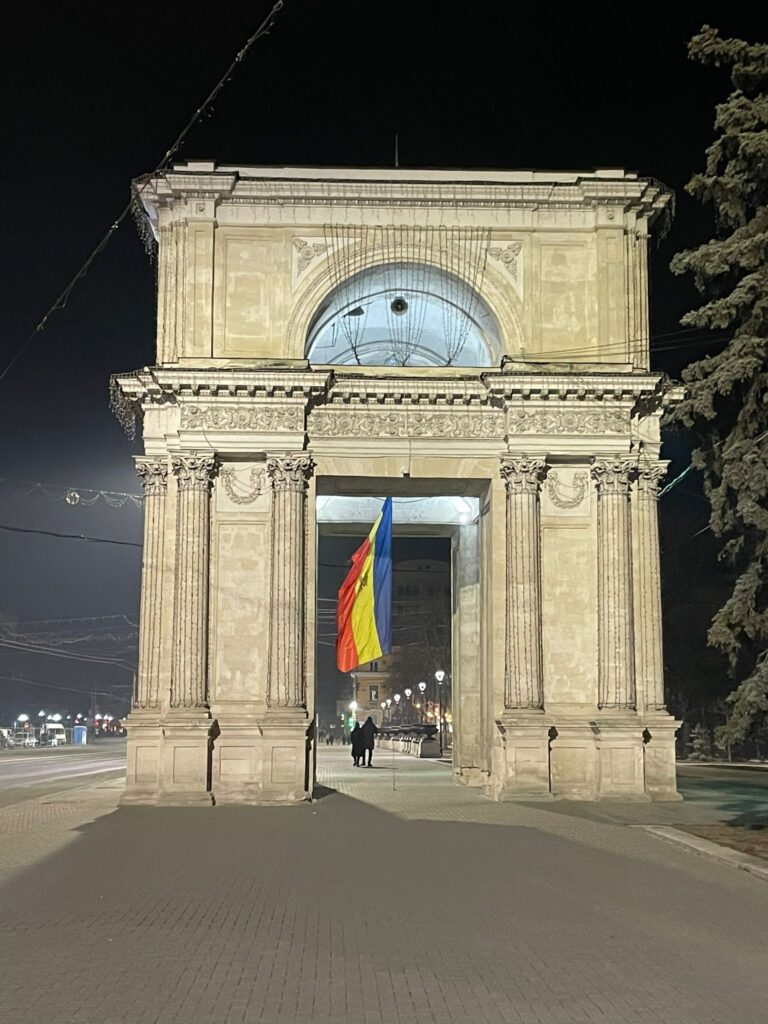
The Formation of Transnistria
We cannot talk about Moldova without mentioning a part of the country which it has never had control over.
In 1990, it became clear the Moldavian Soviet Socialist Republic would split from the USSR. Possibly to join Romania.
A group of pro-Soviet separatists would not accept this, and formed “Transnistria” which covers much of the east side of the Dniester River, up until the Ukraine border.
They declared this territory “the Pridnestrovian Moldavian Soviet Socialist Republic (PMSSR).
The Transnistrian War
Over the next couple of years, the PMSSR struggled to take full control over the territory, with Moldova refusing to relinquish sovereignty.
The USSR collapsed in the meantime, as tensions escalated. The PMSSR became just the PMR, dropping the “Soviet Socialist” from its name in the wake of the USSR falling apart. Violence escalated over a couple of years between the Moldovan armed forces and the PMR.
The turning point came in June 1992, in what had now escalated into the Transnistria War.
In the Transnistrian city of Tighina (Romanian name) or Bender (Russian name), the Battle of Tighina took place. This city is located just over the river, on the Transnistrian side. A key strategic position favouring the defending side.
Over 200 Moldovan soldiers were killed in the conflict, which was rumoured to involve a planned Transnistrian invasion into Moldova on the west of the river.
Moldova responded by blowing up the bridge connecting both sides, making it difficult for their enemy to invade, despite Transnistria’s superior firepower.
A peace deal was agreed soon after the Battle of Tighina (now Bender) with Russian peacekeeping troops sent in alongside PMR and Moldovan troops to prevent conflict.
In the decades to follow, the peace has held relatively well, although Moldova still considers Transnistria its own land. Whereas Transnistria claims to be an independent country. Although only South Ossetia, Abkhazia and the now-defunct Nagorno-Karabakh recognise it. None of these being recognised independent countries themselves.

Post-War Moldova
Unsurprisingly given Transnistria’s close ties to Russia, Moldova has become increasingly pro-western as time has gone on.
Officially they have a policy of military neutrality. However the Russia-Ukraine conflict has changed the country’s stance. It now hopes to align with NATO, believing itself to be Russia’s natural next target after Ukraine.
With an inferior military combined with an occupying enemy, Moldova is incredibly vulnerable.
A month after the Ukraine War expanded across the entire country in February 2022, Moldova applied to join the EU. They were granted candidate status three months later, and plan to become a member by 2030.
Aside from frosty relations with neighbouring countries, Moldova has other internal struggles to contend with. It is the third poorest country in Europe, behind Kosovo and Ukraine. Given Kosovo’s contentious status as a “country”, and Ukraine’s woes being a result of war, Moldova can be considered bottom of the pile in normal times.
Moldova is a country with a lot of agricultural workers, and a failure to adopt industrialisation. Supply outweighed demand in the agricultural sector which led to low labour costs amongst workers. On top of this, there are few opportunities for white collar workers in Moldova. As a result, many work abroad, and send small sums of money back to support their families. Yet there are few incentives for talented individuals to remain in their homeland long term.
Despite its struggles, Moldova is a fascinating country to visit. Read on to find out more on how to manage in the country, and hear about some of the best things to do in Moldova, one of my favourite European countries to visit solo.
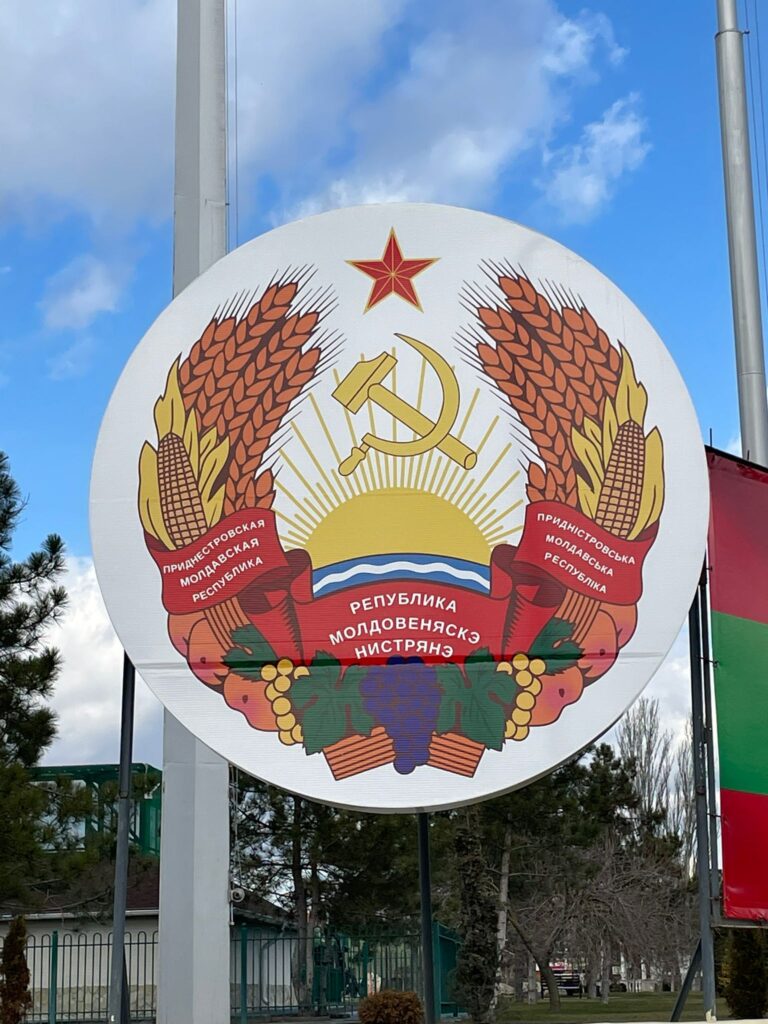
Is Moldova Safe to Visit?
If we talk about the country as a whole, crime is very low. There is a tiny risk of pickpocketing in Chisinau, the capital, but it is otherwise a very safe country.
There have been reports of corrupt police officers extorting bribes. But this is the rarity rather than the norm, and the situation is gradually getting better. This isn’t comparable to West Africa in terms of bribery and corruption.
There have not been any attacks on the country related to the Ukraine situation, and there is nothing to indicate this will change any time soon.
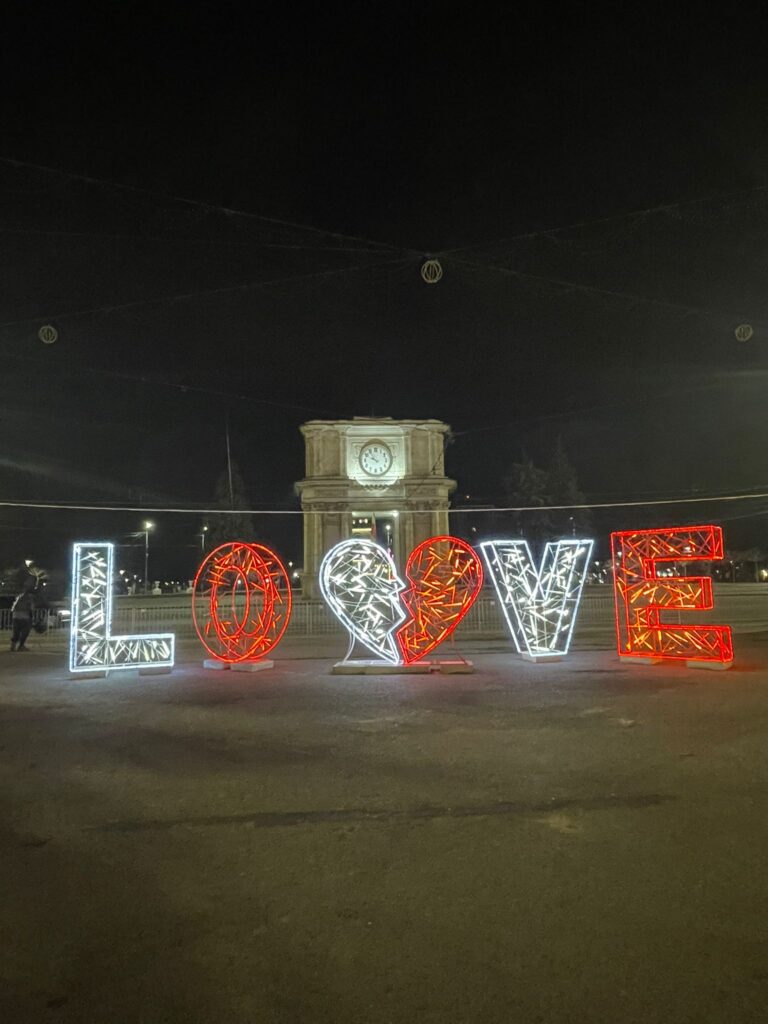
Is Transnistria Safe to Visit?
Yes. Many western governments will advise against visiting Transnistria, claiming it isn’t safe to visit. The concerns lie in the fact that western embassies have no power if something goes wrong in Transnistria. They cannot offer assistance. They also factor in Transnistria’s close relations with Russia, and (unfairly) lump Transnistria in with Russia in terms of politics and enemies.
The truth is that Transnistria is very safe. Perhaps even more so than the government-controlled west of the country. Foreigners can easily cross the border near Bender. A few questions will be asked such as where you are staying and how long you will visit for, but Transnistria is open, welcoming and safe for visitors.
The only area where you should take extra precautions is with photography. You should not take photos of anything related to the military or government in Transnistria. This is something you can get in trouble for, so make sure you ask before taking a photo if you’re unsure.
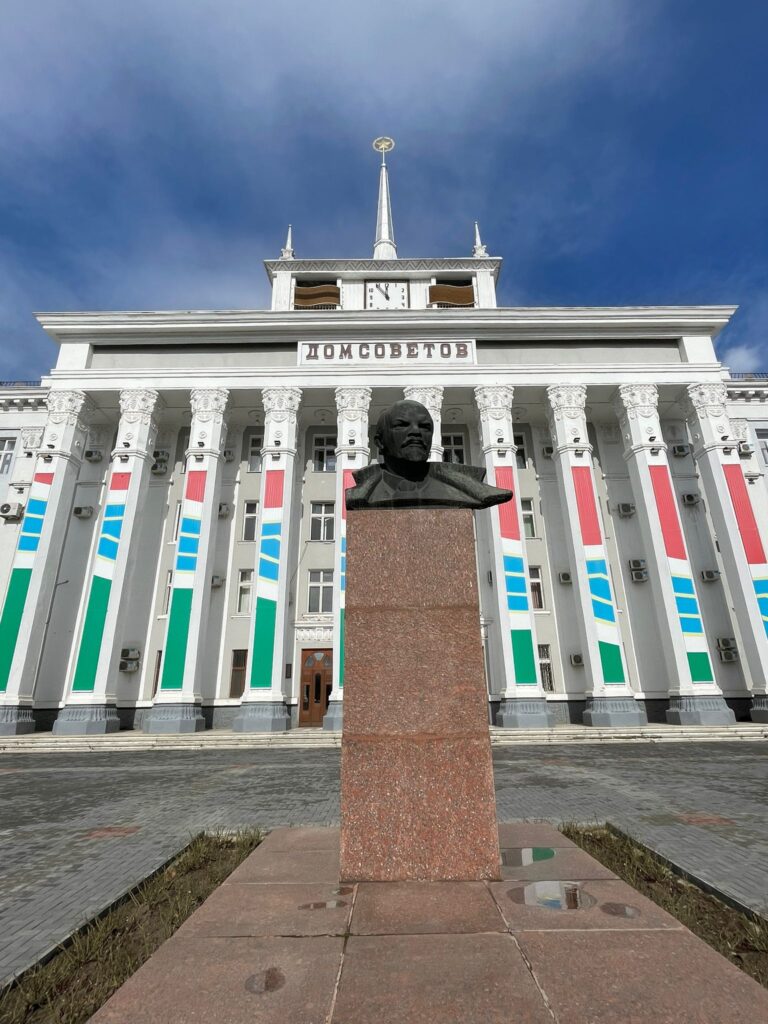
When is the Best Time to Visit Moldova?
As a landlocked country with no beaches, this is not a country which attracts a big summer crowd. In fact it is one of the least visited countries in Europe. Only microstates such as Liechtenstein and San Marino compete in terms of low numbers of visitors.
Therefore the best time to visit Moldova is at any time of year. If you want warmer weather, then April-September is the best time to visit. Going during the peak European summer months of July and August will not result in a price spike or overcrowding. Unlike in other countries, winter weather does need lead to less activities or fewer hotels remaining open.
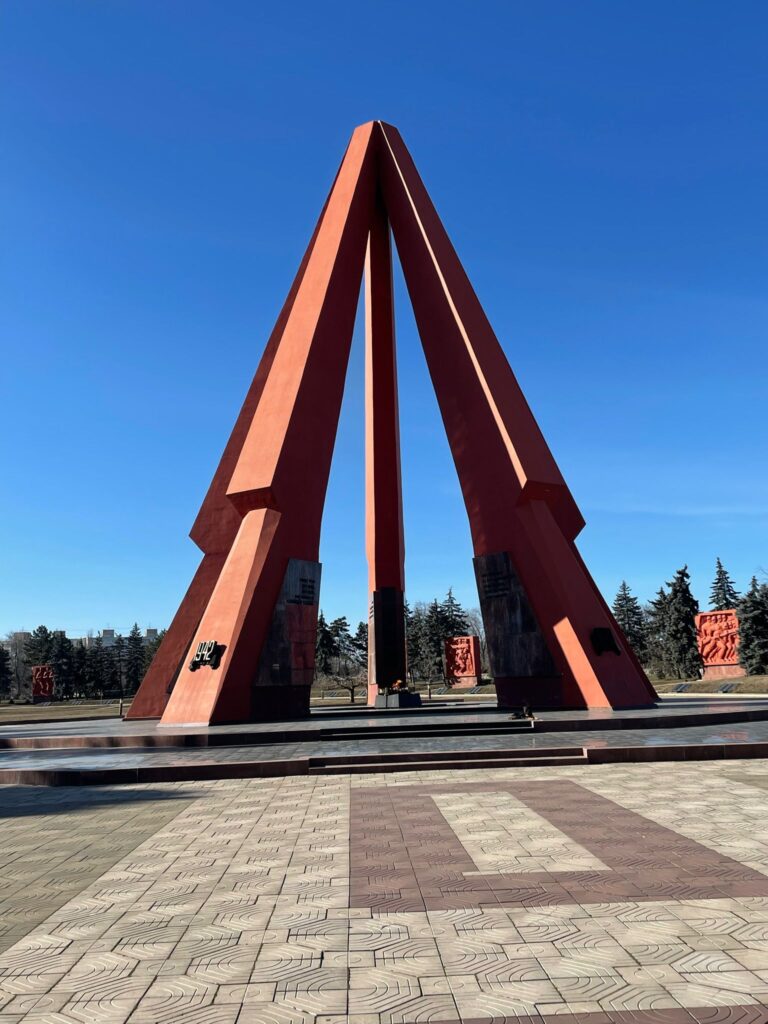
How to Visit Moldova
Do I need a visa to visit Moldova? Not if you are from any European country. Most countries in the mainland Americas are also exempt. The exceptions are Belize, Bolivia, Guyana and Suriname. All ex-USSR countries also qualify for visa-free access, with the exception of Turkmenistan.
Citizens of most other countries require a visa, and sometimes a letter of invitation to visit the country.
Notable countries outside of Europe and the Americas with visa exemptions are Australia, New Zealand, Japan, South Korea, Malaysia and the UAE.
How to get to Moldova
Chisinau Airport (KIV) is the only international airport in Moldova. It mostly serves European destinations, covering most major countries on the continent, although there are notably no connections with the Balkan countries.
Further afield, it is possible to fly to Israel (Tel Aviv), the UAE (Dubai) and the Caucasus countries (Georgia, Armenia and Azerbaijan).
Buses run to Moldova, mostly from neighbouring Romania and Ukraine. Bus services have not stopped due to the war, and it is still possible to travel from Chisinau to Odessa and Kiev on a regular basis. There may however be disruptions at short notice.
Trains are the cheapest way of reaching Moldova from Bucharest. The journey takes around 14 hours, with three spent waiting for the wheels to be changed. This is because Moldova has different tracks to Romania. It cost £17 ($21) to take the train from Bucharest to Chisinau in Feburary 2023.
How to get Around Moldova
Buses are the most common way to travel around the country. It is only around £0.30 ($0.40) for buses around Chisinau, and less than £3 ($4) to travel just about anywhere within the country.
Marshrutkas (minivans) are the other common method of transport, often even cheaper than buses. It cost me only 50 Moldovan leu (£2/$3) to go from Chisinau to Bender in Transnistria. Marshrutkas generally leave when full rather than running on a set schedule. They can be uncomfortable, but distances are short in this tiny country.
Is Moldova Cheap to Visit?
Moldova is the cheapest country in Europe. I got by on £17 ($21) a day here by staying at hostels (which accounted for around 50-60% of daily expenses).
As mentioned previously, transport is mega cheap all across the country. Food won’t break the bank either. Expect dinner to set you back around £5 ($6).
None of the things to do in Moldova are expensive. Many places are free, or very cheap. Bender Fortress for example is one of the country’s most popular paid attractions, yet it only costs £2.50 ($3) to enter.
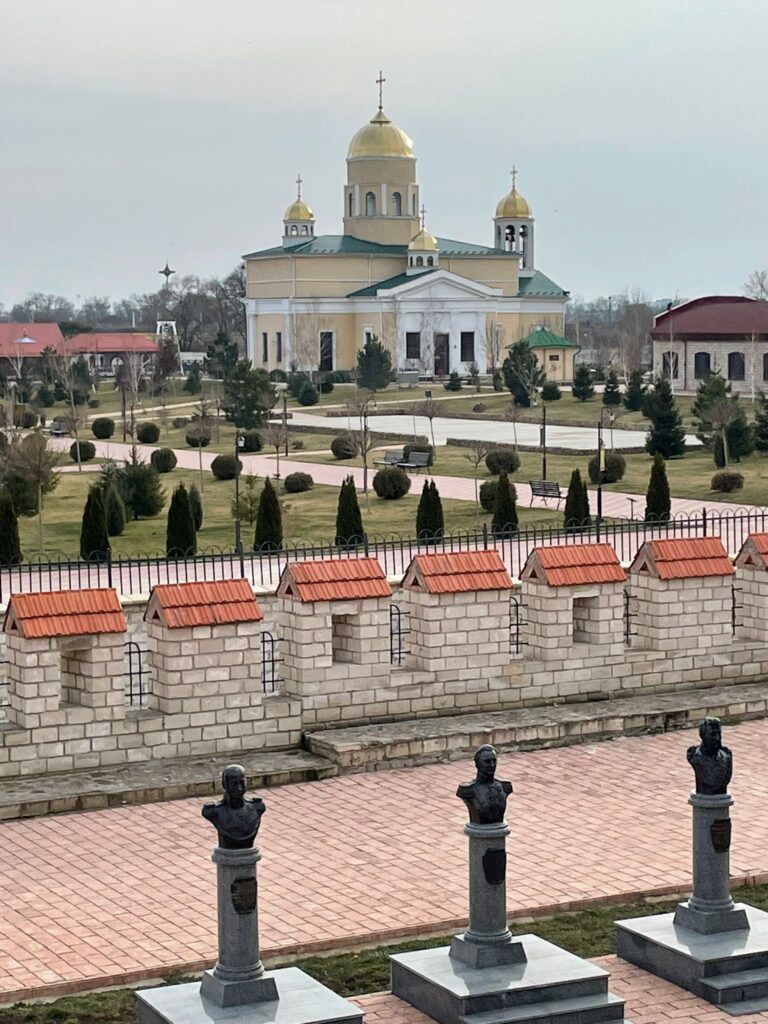
What are the Best Things to do in Moldova?
For a supposedly “boring” country, there is a lot of charm to be found here. If you have an interest in history, then you will enjoy your time here. If Soviet history is your thing, you will absolutely love this country. I’ll only touch briefly on attractions in Bender and Tiraspol, since I wrote a far more detailed article on a trip to Transnistria sharing a variety of personal experiences, facts about the territory, and cool things to see and do.
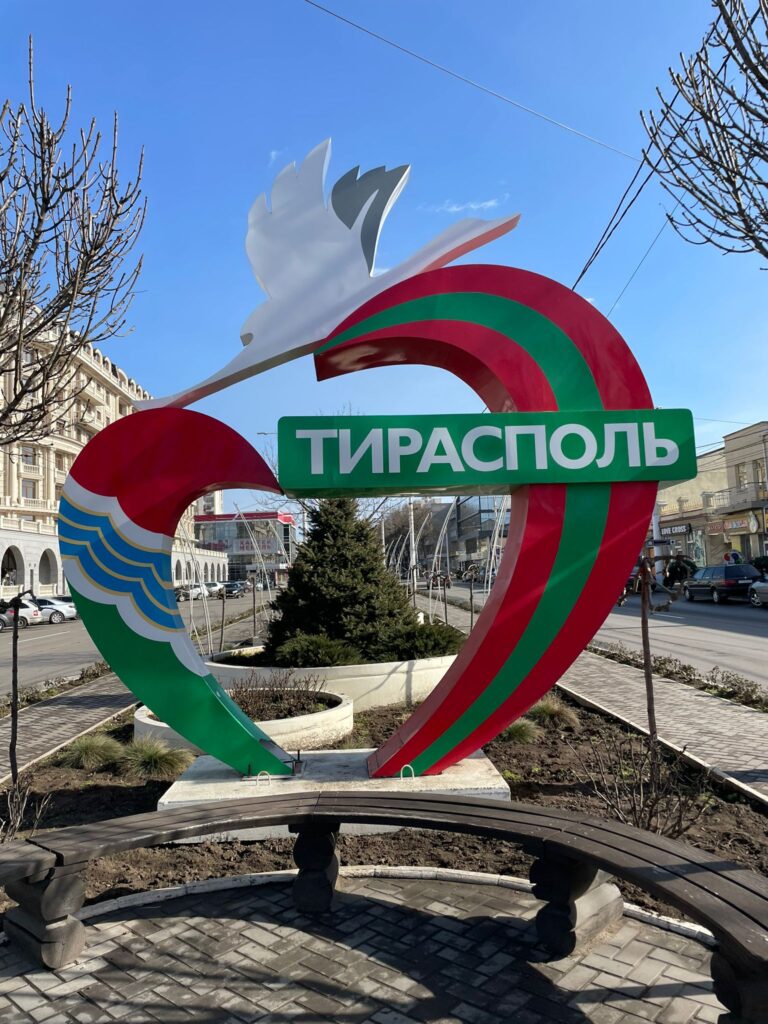
Chisinau
Arriving in Chisinau
Take the train from Bucharest, and you will realise the capital’s old school charm the moment you arrive in the station. Soviet mosaics remain in tact on the walls, making this one of Europe’s most beautiful train stations. It is kept very clean and feels like a step back in time, with a very USSR feel to the place. And Chisinau happens to be far less Soviet than Transnistria. Therefore this is just a small taste of what is to come if you visit the tiny breakaway territory.

The Eternity Memory Complex
The Eternity Memory Complex is one of Chisinau’s most recognisable sights. A red pyramid-shaped structure looms over an eternal flame, lit to mark the USSR’s victory over Nazi forces during WWII. Several red murals displaying soldiers in heroic poses stand around the pyramid.
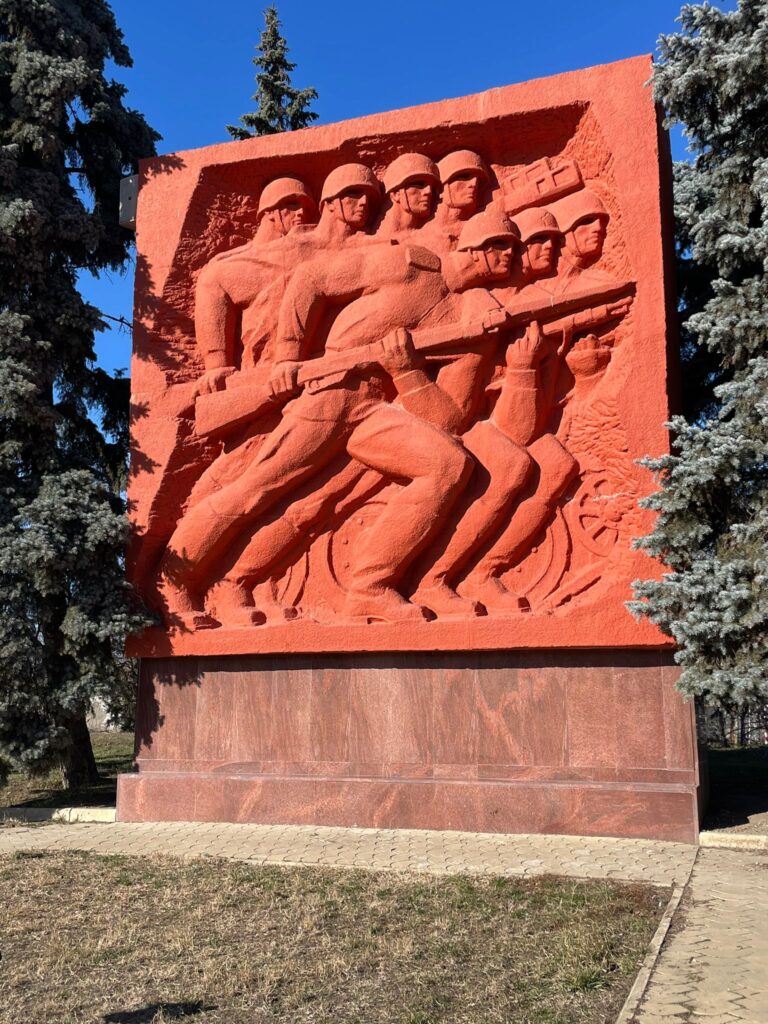
Lenin and Marx Statues in Chisinau
Head to Valea Morilor Park to see a nice lake with some ducks. How lovely. Oh, you can also see statues of Soviet heroes Lenin and Marx. Not such a common sight in ex-USSR countries these days, as many are ashamed of their past and have deleted several references to the Soviet era. For instance, Ukraine has banned communist symbols, and they can only be seen now in nuclear-imposed ghost town Pripyat. Most recently they removed the hammer and sickle from Kiev’s impressive Motherland Monument.
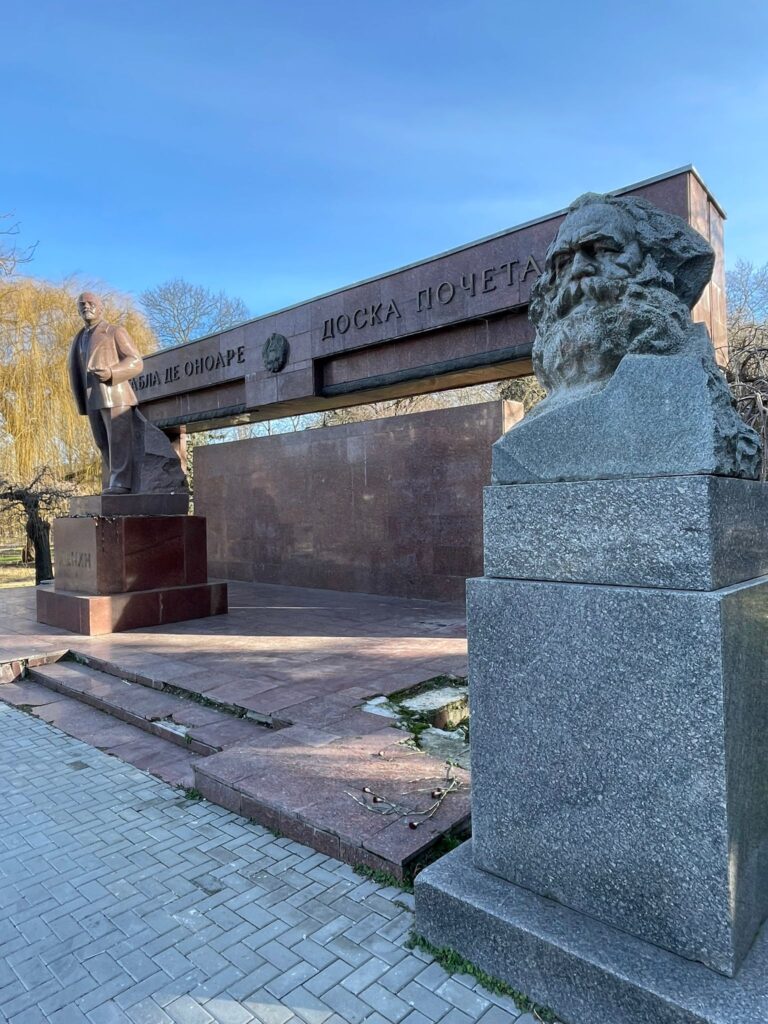
Other Attractions in Chisinau
Other attractions in Chisinau include the many orthodox churches dotted around the capital, which are pretty cool to see. Elsewhere, you can see football club FC Zimbru who are based in the capital. They are the country’s second biggest team after Transnistria-based Sheriff Tiraspol, who were most famous for beating Real Madrid 2-1 at the Bernabeu in September 2021.
Interestingly I attempted to go to a Sheriff game at Zimbru’s ground against Partizan Belgrade, only to find it was played behind closed doors. Fans were banned from the Europa Conference League tie due to fears that Partizan fans, coming from Russian ally Serbia, would attempt to launch a coup to overthrow the country’s government.
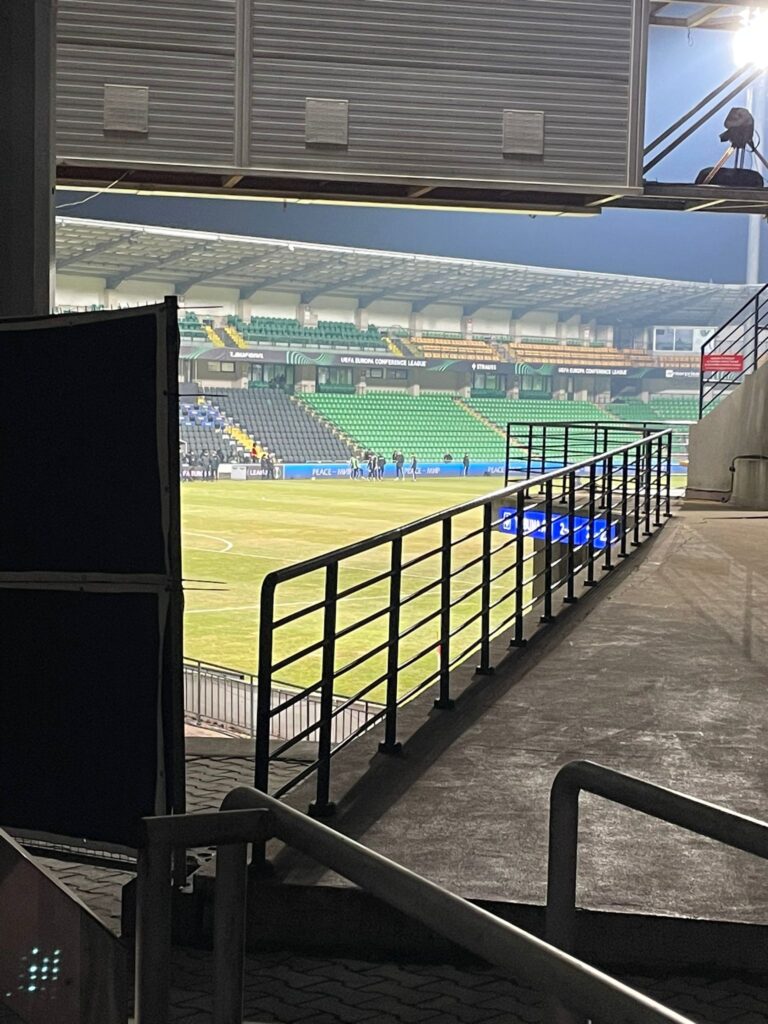
Bender (Transnistria)
Probably your first stop when you enter Transnistria. I won’t go into much detail here as there is far more to read about in my article on visiting Transnistria.
But Bender Fortress (which includes a torture museum, full of medieval torture instruments) is the primary attraction here. Although the Soviet statues near the entrance are also very cool to see.
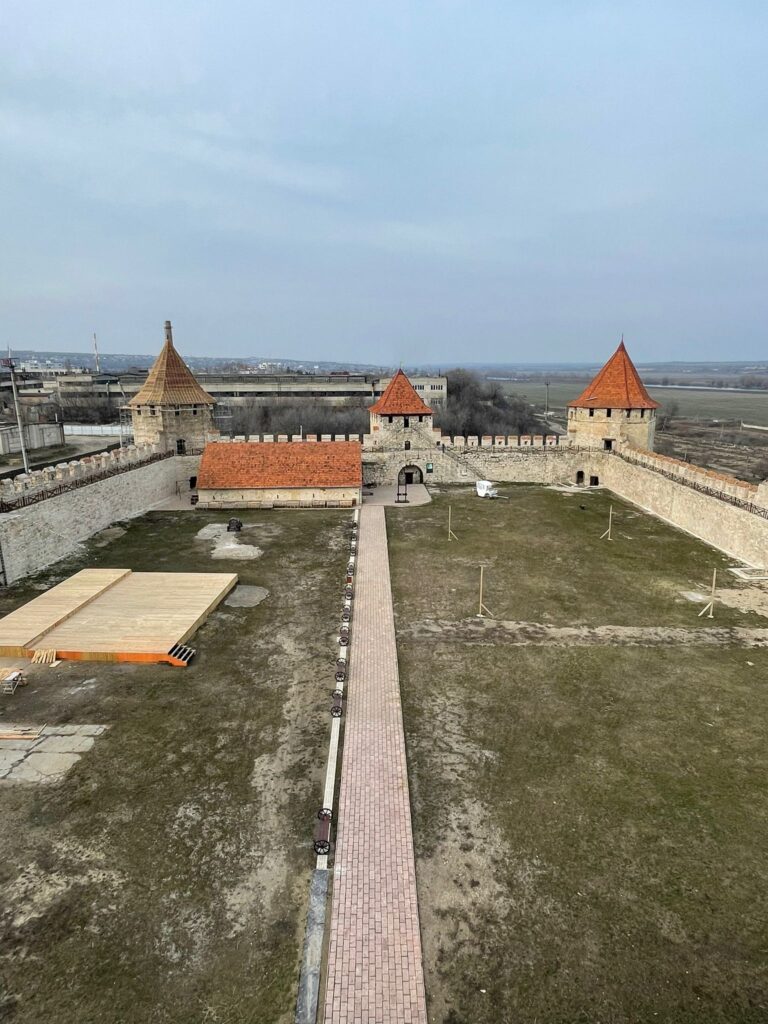
Tiraspol (Transnistria)
Again, my article on visiting Transnistria covers the best things to see and do here, therefore please go there for more details on what to do in Tiraspol. A tour of the Soviet monuments is really interesting and that alone is a reason to detour and visit Transnistria.
The Green Market provides an insight into everyday life for the people of Tiraspol. It feels like a time capsule with life looking exactly as you’d imagine 50 years ago. The people may look stoic, but they are very friendly, and curious when they see a rare foreigner walking around.
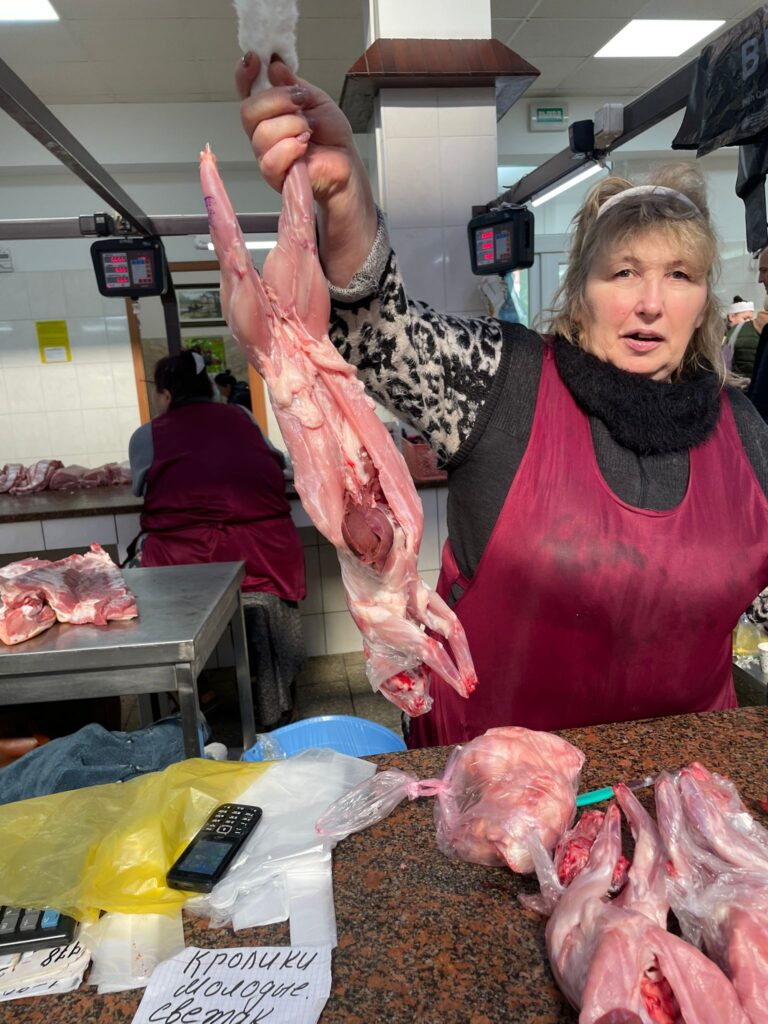
Other Points of Interest in Moldova
Transnistria has a fascinating token currency. It is rare to find these days as locals dislike it, and it is becoming increasingly rare. However, the colourful plastic tokens are unique to this territory, no other country uses similar.
They are pretty hard to find these days, and only becoming rarer. Although my search was successful. I found these at a bank within a Sheriff supermarket. The Google Maps coordinates are (46.8356264, 29.6331766). They were willing to exchange for Transnistrian coins and notes at a ratio of 1:1. Other sellers of these tokens will charge a (sometimes hefty) markup.

The other popular place to visit in Moldova is Gagauzia. This tiny autonomous region in the country’s south is home to a Turkic majority. They speak Turkish and have a more sympathetic view towards Russia than the rest of the country (excluding Transnistria of course). This region generally attracts people interested in the culture. It is not known for having any tourist attractions of interest. Personally I didn’t go and therefore can’t say whether it’s worth checking out or not.
Where to Stay in Moldova
As always, I will only recommend places I’ve actually stayed in. Don’t expect a “best luxury, mid-range and budget options in X” article from me. The exception would be if I stay in just about every hostel/hotel in that area and have enough knowledge to write a comprehensive guide.
Anyway, here’s where I stayed in Moldova and whether or not these places are worth staying in.
Chisinau – Hostel Amazing Ionika (£9/$11 Per Night)
Pros
The owner was incredibly friendly and helpful. I find that excellent staff really make a place special, even if it falls short in other (minor) areas. He gave me a map of Chisinau and spent a while showing me all the places worth visiting and explaining each one in detail. It was enough to make planning my itinerary very easy.
They offered a cheap laundry service here, and there were privacy curtains on the beds.
Cons
The lockers were quite small. Also my towel was lost after being washed. It was found eventually, but this took a long time and a lot of hassle.
Overall
Really good place to stay. Chisinau isn’t a touristy city and has few facilities for backpackers. However, this hostel has clearly been set up with travellers in mind. It provides a warm, welcoming and comfortable space for everyone. Highly recommend: 9/10.
Chisinau – Friends Hostel (£8/$10 Per Night)
Pros
This cheap place to stay is run by a very friendly local couple who offered a lot of helpful information. The wifi worked well, and the bathrooms were a good size.
Cons
There were dogs running around the reception areas. The lockers here were also very small.
Overall
This is a family home with a couple of rooms converted for travellers to use. The owners seem interested in getting to know backpackers and the hostel feels more like a family home than a facility built specifically for travellers.
It is cheap and no frills. Certainly very basic on the inside, therefore you’ll be disappointed if you come looking for luxury. In all honesty, Ionika was better, and I only didn’t stay there due to the fact it was sold out when I returned to Chisinau.
If the dogs were not allowed to run wildly throughout the reception areas, it would certainly have a higher rating. It’s an okay place, but not a great place. My rating: 6.5/10.
Tiraspol – Like Home Hostel (£9/$11 Per Night)
Pros
A proper hostel built for travellers. But really this is more than that. If you want a true feel for Transnistria then this is the place to be. Memorabilia related to Lenin, Stalin, and all things communism can be found here. Perhaps the most iconic feature is a large gold bust of Lenin standing outside the property.

Staff were also very friendly, and offered a lot of helpful information. The showers were warm which is always a plus point in the winter months. And they had a large semi-outdoor space to hang wet laundry.
Cons
The bedroom was pretty cold at night, and the lockers lacked adequate space for large bags.
Overall
This is one of the most interesting and unique hostels I have ever stayed in. Staying in this hostel alone is one of the best things to do in Moldova.
It attracts its fair share of eccentric guests. Generally people from Western Europe who relate more to the Soviet/socialist ideology and stay here as long term guests. I talked in depth about one such character in my post on visiting Transnistria.
Staying here is an attraction in itself, and will certainly add to your experience. Would absolutely recommend it. A 9/10 hostel.
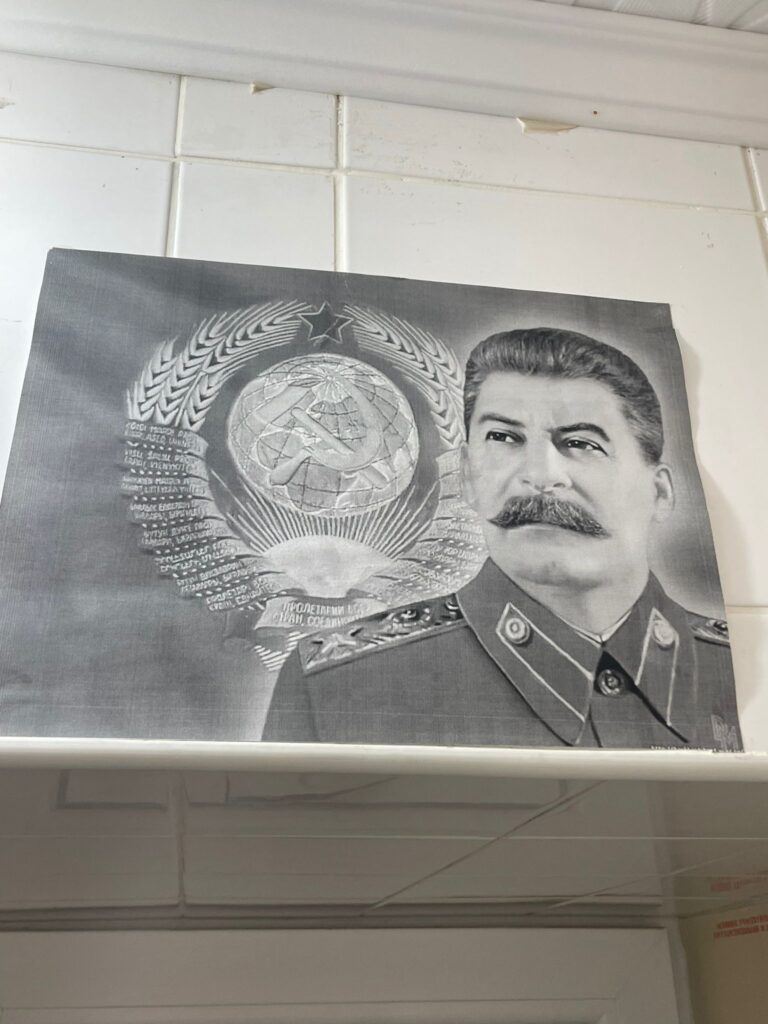
Final Thoughts: Is Moldova Worth Visiting?
Yes, yes and yes again. The “most boring country in Europe” reputation is completely unfair and undeserved. Of course this isn’t the place to come if you’re looking for glistening beaches or stunning mountain peaks.
If you’re interested in history and culture however, this is the country for you. A land steeped in history, filled with humble and friendly individuals. A place where few tourists go and authenticity can be found in abundance.
You won’t face the scams of Istanbul or Paris here. You won’t pay exorbitant prices for sub-par accommodation operating on a business model where every guest is a cash cow to be milked with hidden charges. There are no restaurants that triple the prices for foreigners. You won’t be jostling with hundreds of wannabe Instagrammers for the best photo spots.
Moldova is a completely authentic country with some of the best things to do in Europe. Most notably Transnistria. Admittedly much of the country’s appeal does indeed come from this separatist territory. Just about nowhere on earth has done such a brilliant job of preserving its history.
Chisinau is not a city to keep you occupied for weeks. Yet it’s still worth spending a couple of days in. Aside from the history, this is a country proud of its wine. Whilst wine enthusiasts don’t quite consider this land to be as prestigious as France, or Italy, it still has a lot to offer.
There are many interesting things to do in Moldova. Don’t let negative comments dissuade you from visiting such an incredible country. Go and check it out for yourself.
To read about every other country I have visited on the road to see them all, take a look at my destinations page.
Please leave a comment below if you have any questions about this wonderful country.
